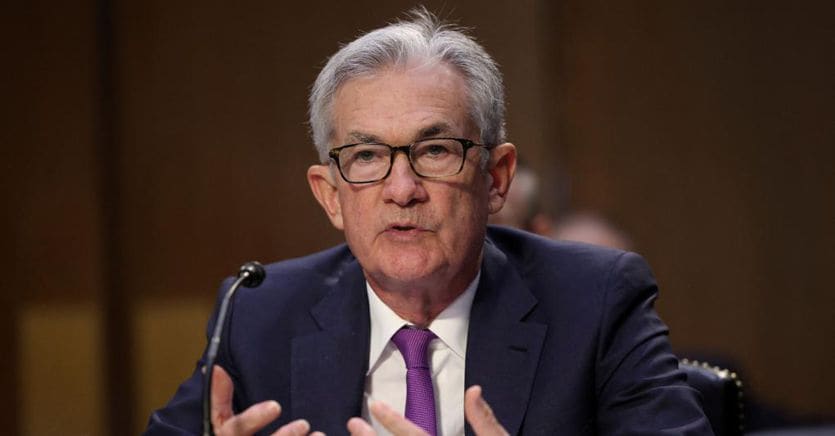Inflation is high. However, rates will remain low, at 0-0.25%. Until the unemployment rate returns to levels consistent with the definition – however not explicit in a target, an objective – of maximum employment. This is the main message of the release published by the Federal Reserve at the end of the December meeting, but this does not mean that there will not be a squeeze or that it is not close.
“With inflation exceeding the 2% target for some time, the Committee (of monetary policy, the Fomc, ed), he expects – reads the press release – that it will be appropriate to maintain the range (of the Fed Funds rate, official rates, ed) until labor market conditions have reached levels consistent with his assessment of maximum employment. ‘
It also accelerates tapering: purchases of government bonds will be reduced, from January, by 20 billion dollars a month, and those of mortgage-backed securities by another 10 billion dollars, to fall to 40 and 20 billion respectively. The reduction in purchases will continue at this pace, which is double that decided at the beginning of November: in March they will reach zero.
The message of the official press release, which is partially reassuring for the markets – but not for those who fear that inflation could fuel price expectations – is apparently contradicted by the “dots”, the “dots” with which individual governors signal in quarterly projections their individual forecasts – there is no discussion, therefore – on interest rates. The median (more correct than the average, in these cases) of the forecasts for 2022, indicates an official cost of credit at 0.75-1%, compared to 0.25% in September. For 2023 it goes to 1.5-1.75% from the previous one percent, and for 2024 to 2-2.25% from 1.75%. This is two to three more hikes for next year and three more hikes for 2023.


